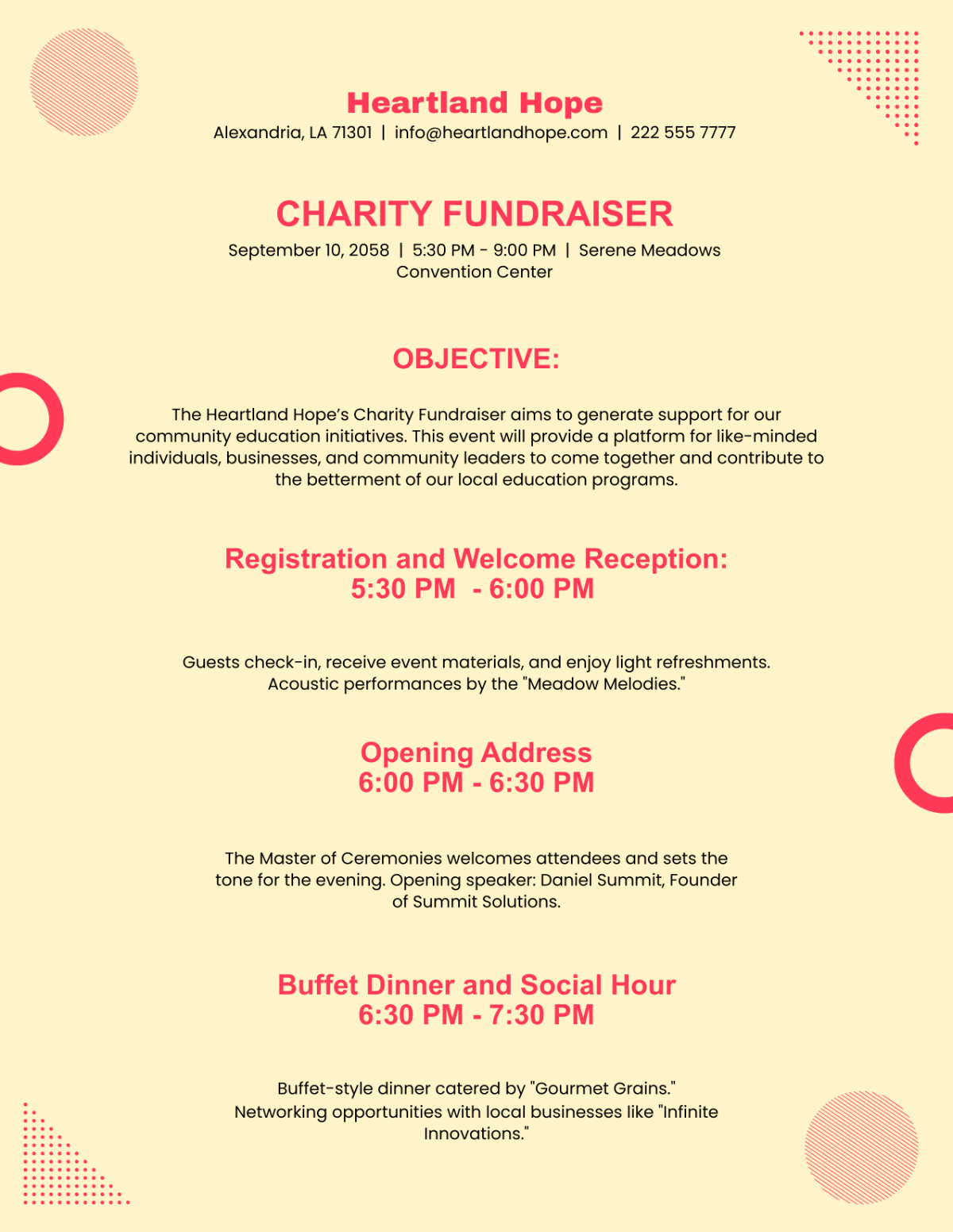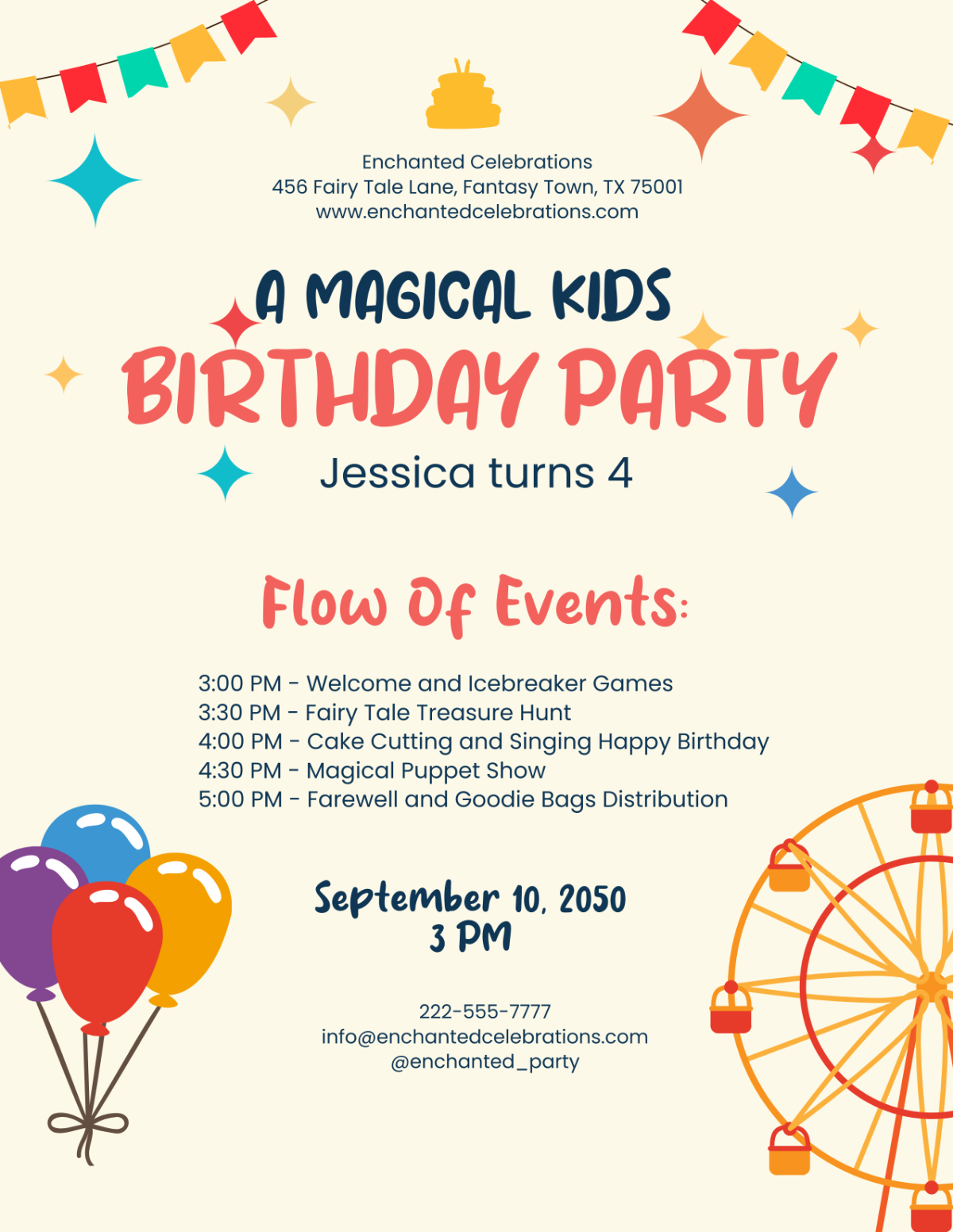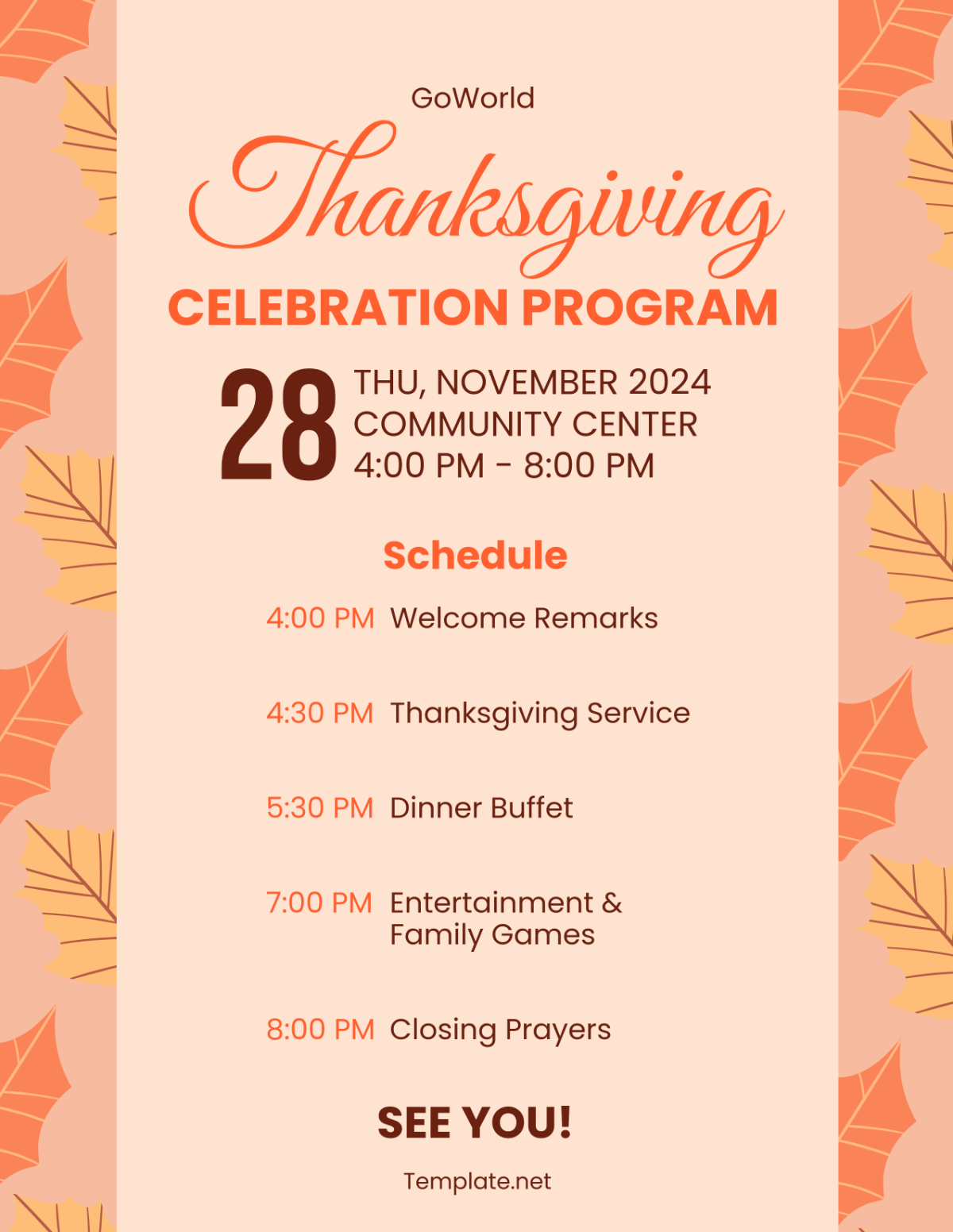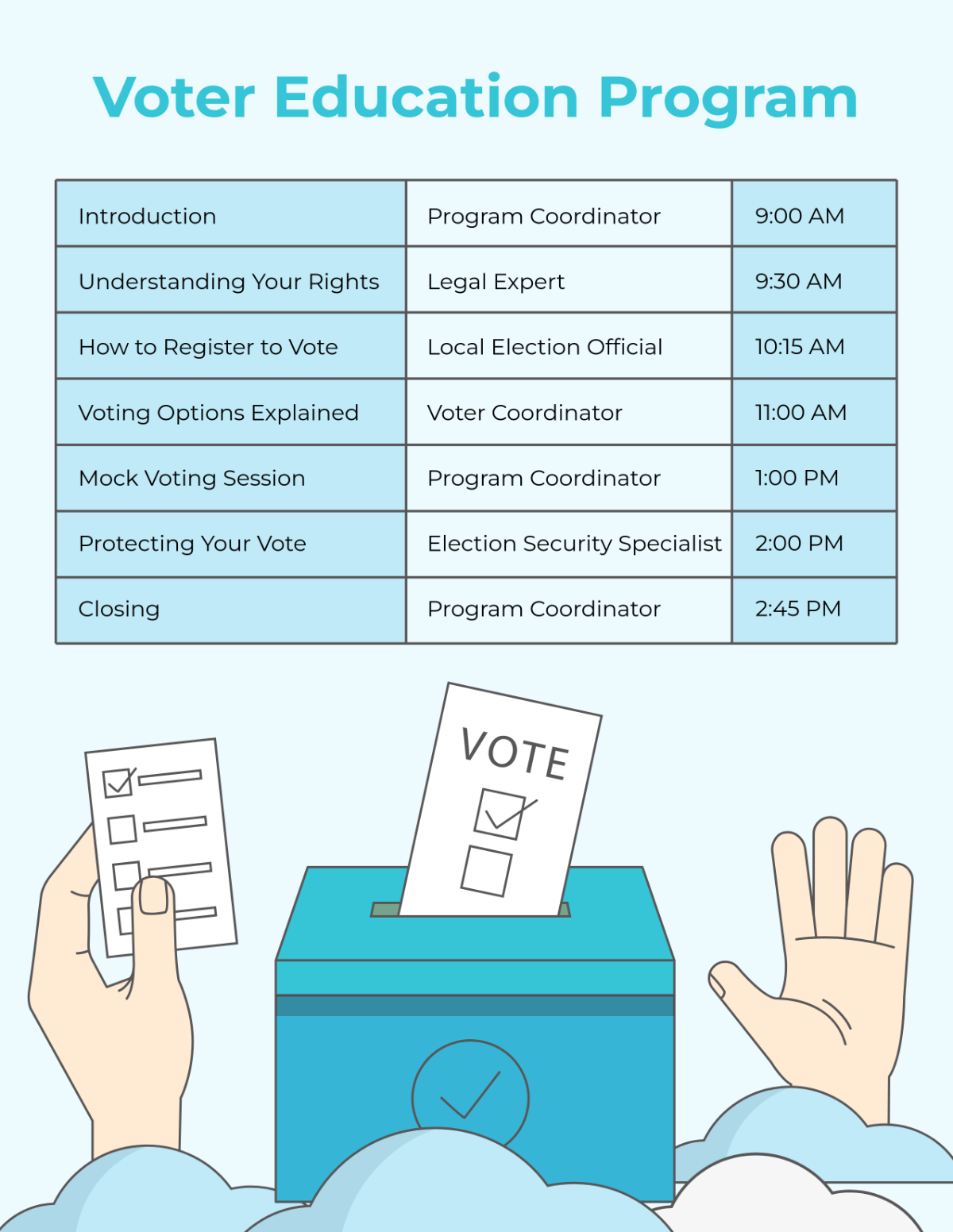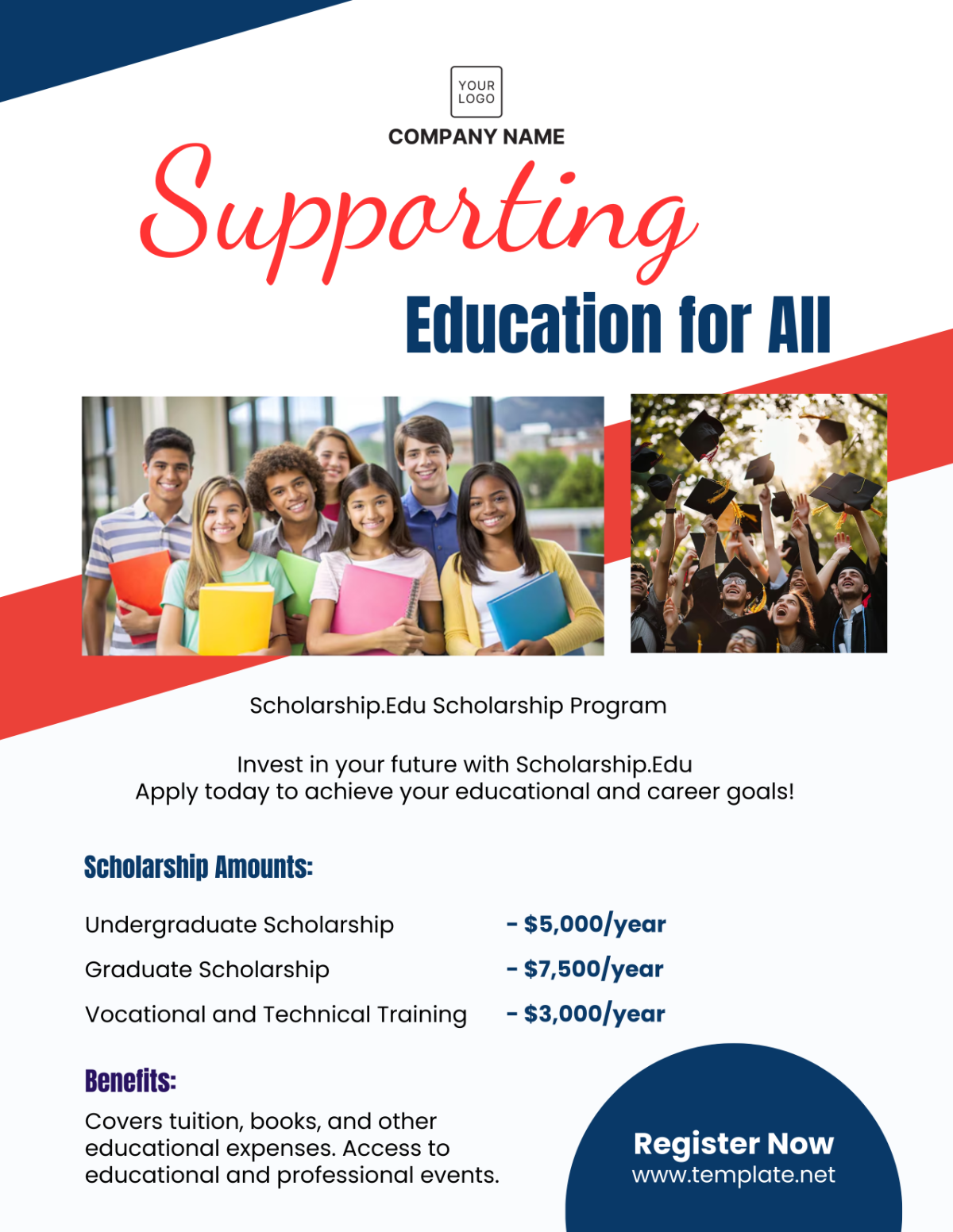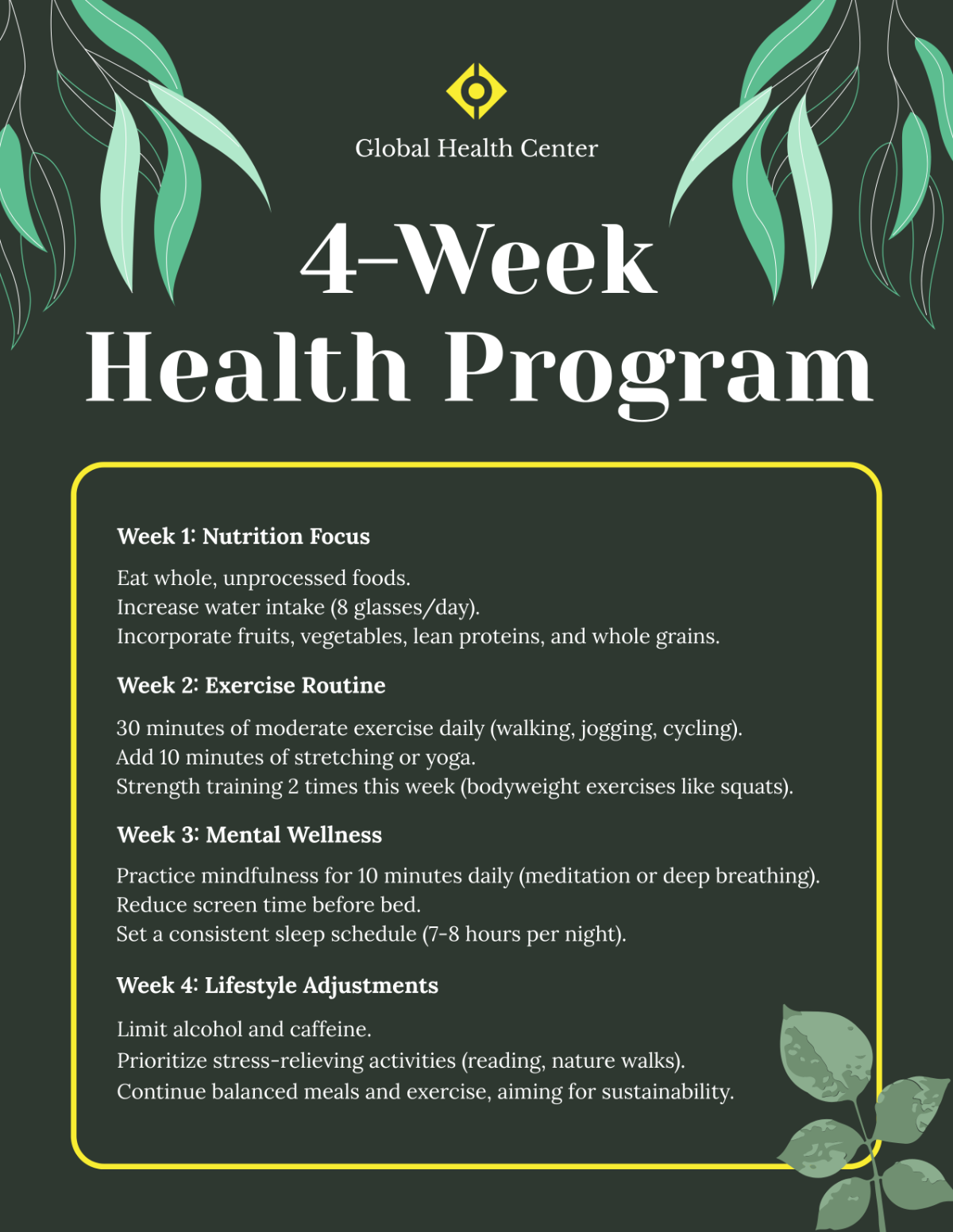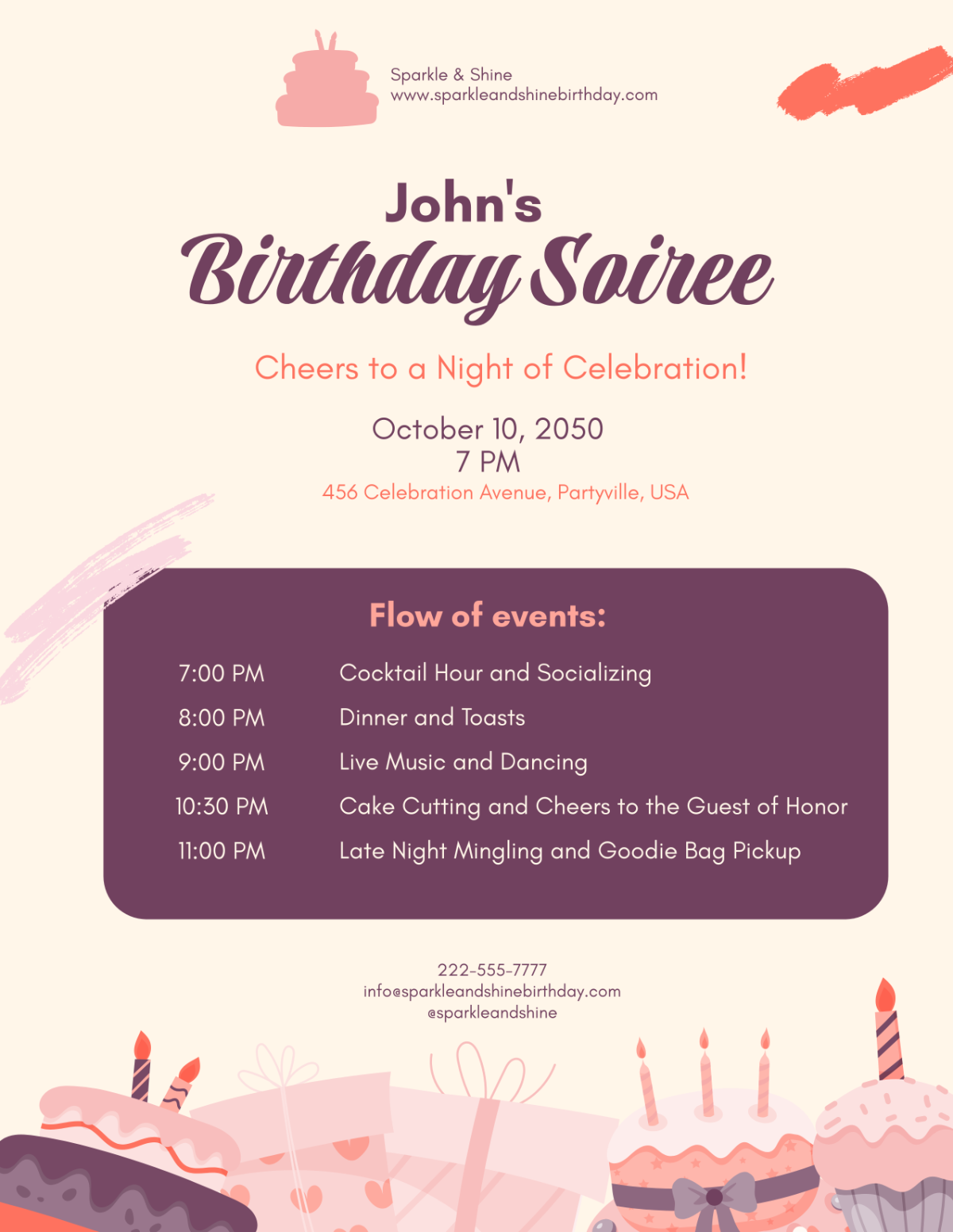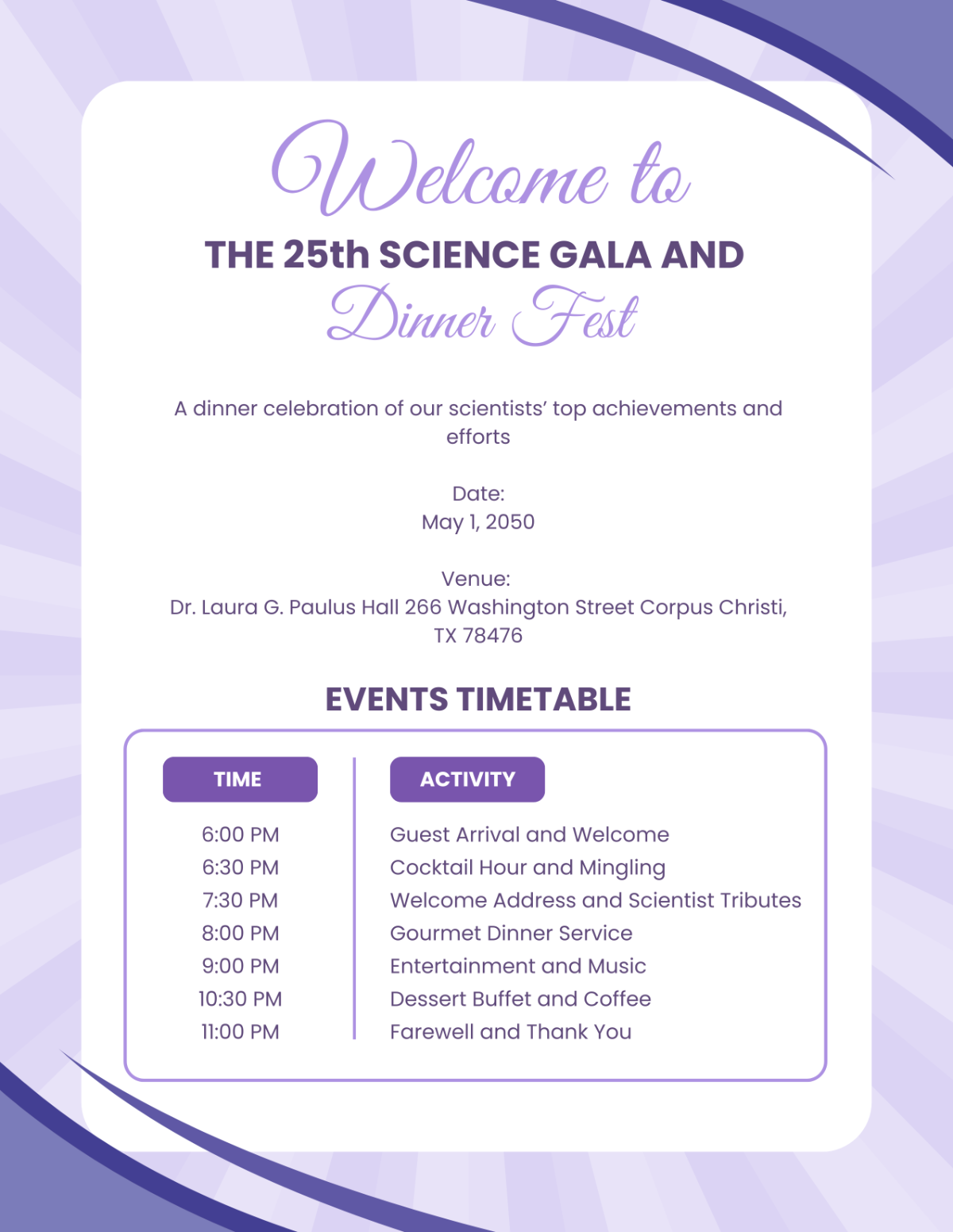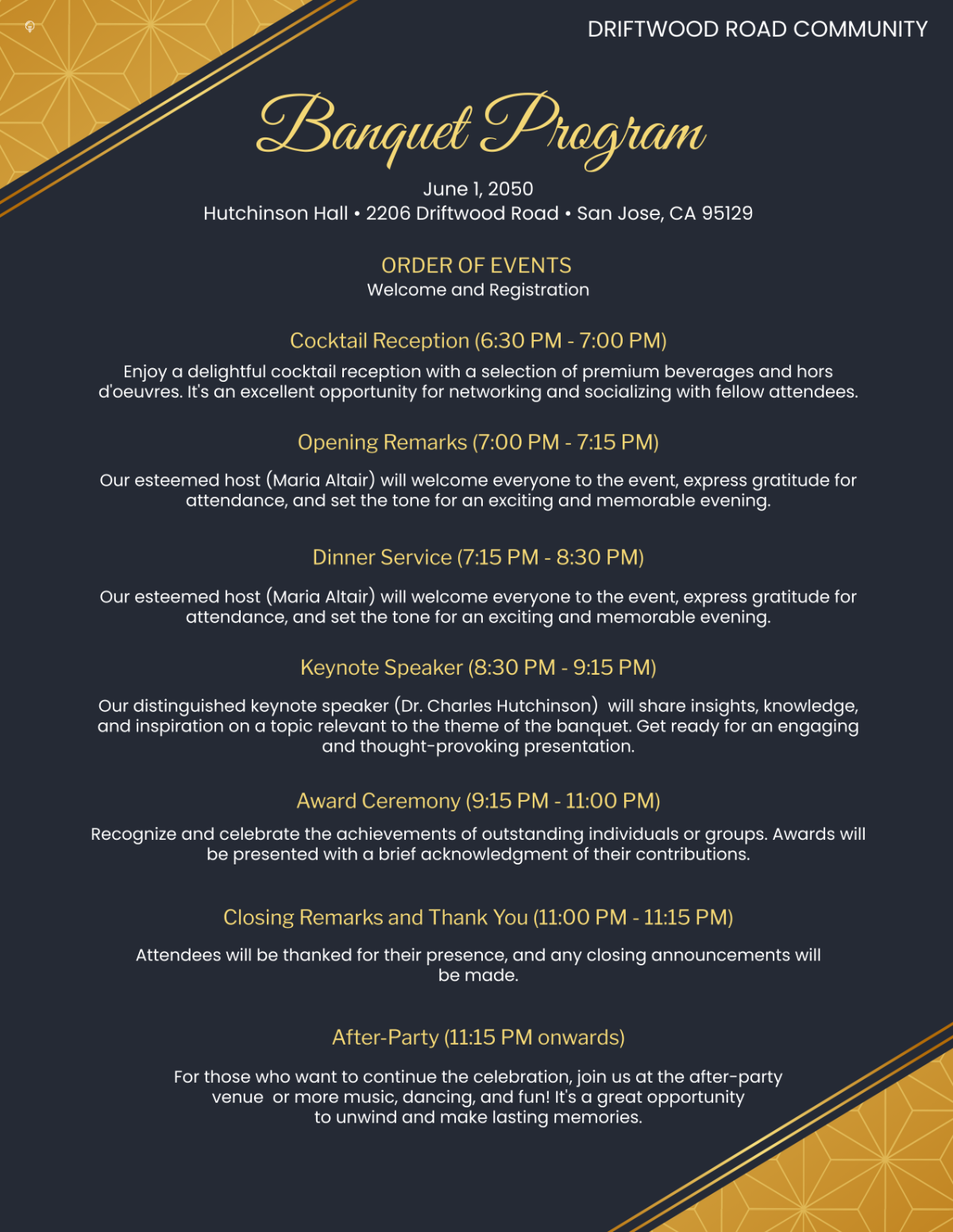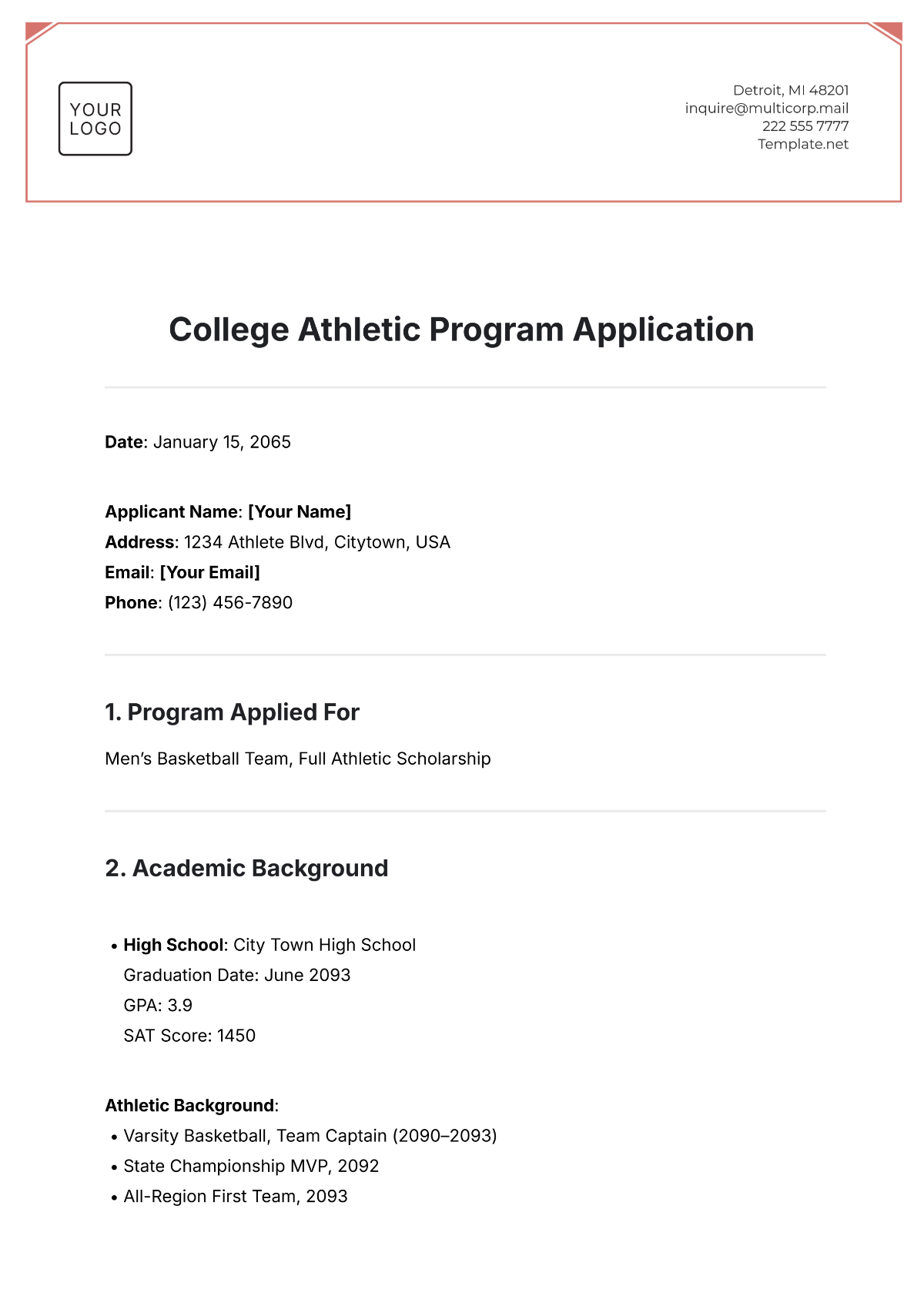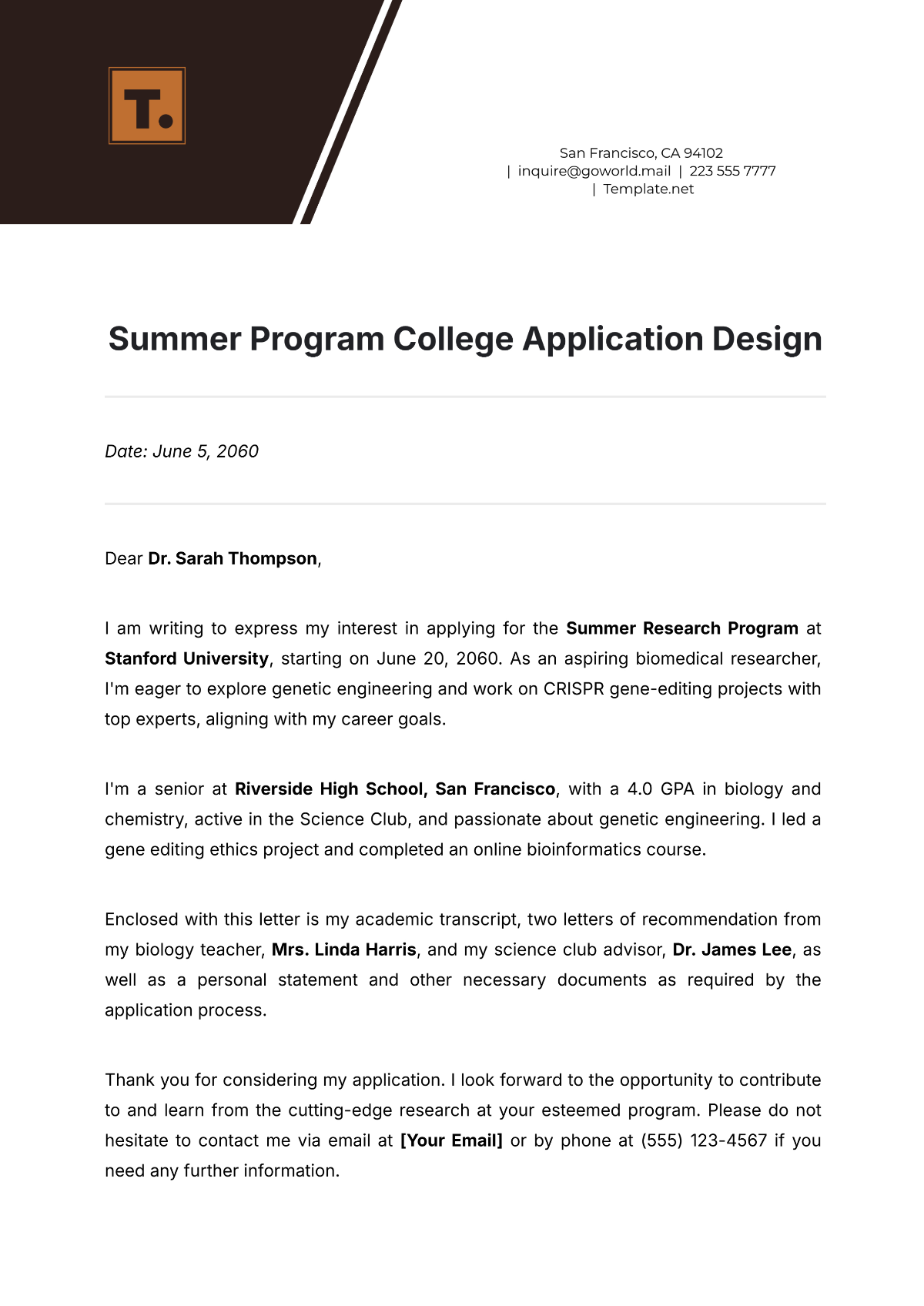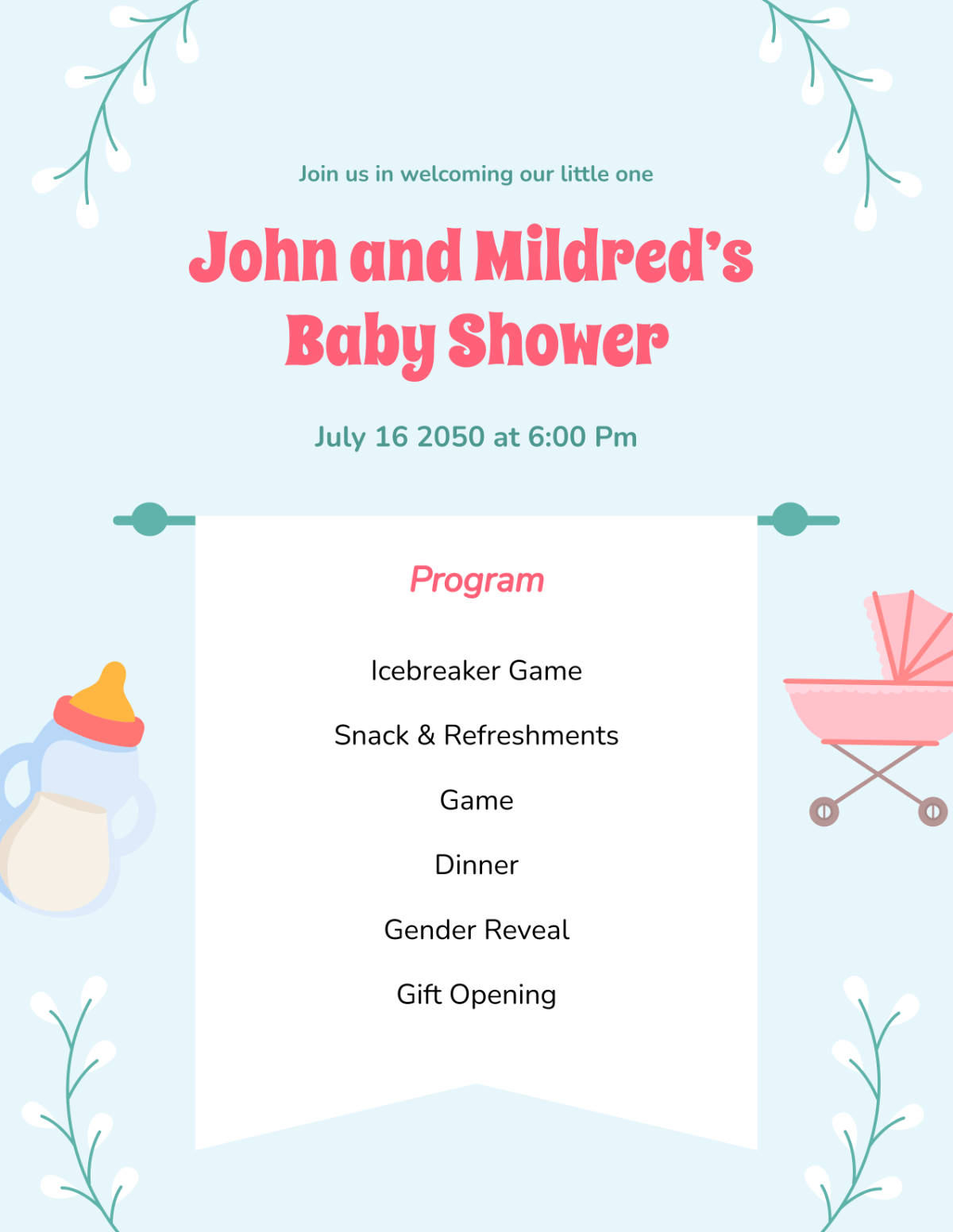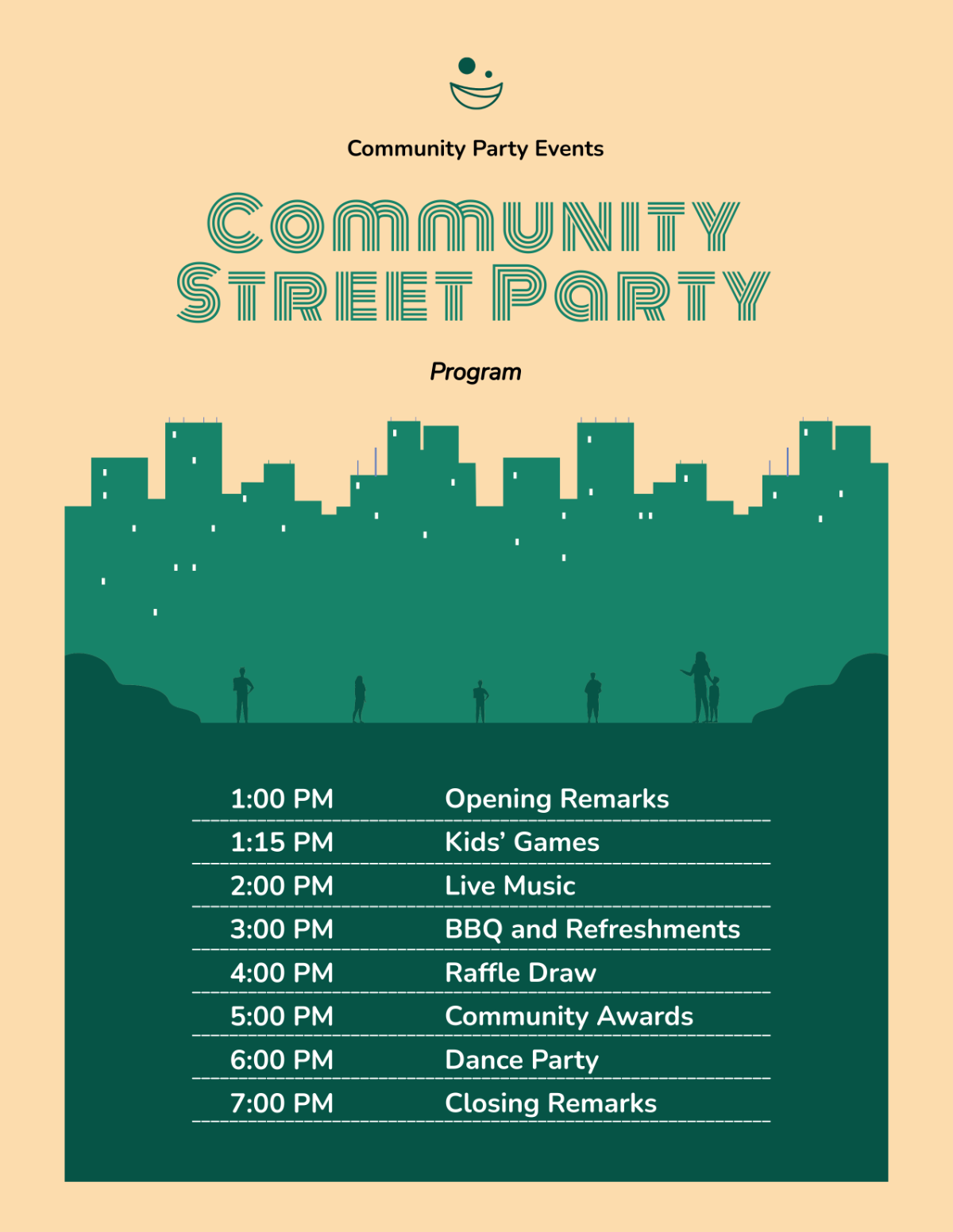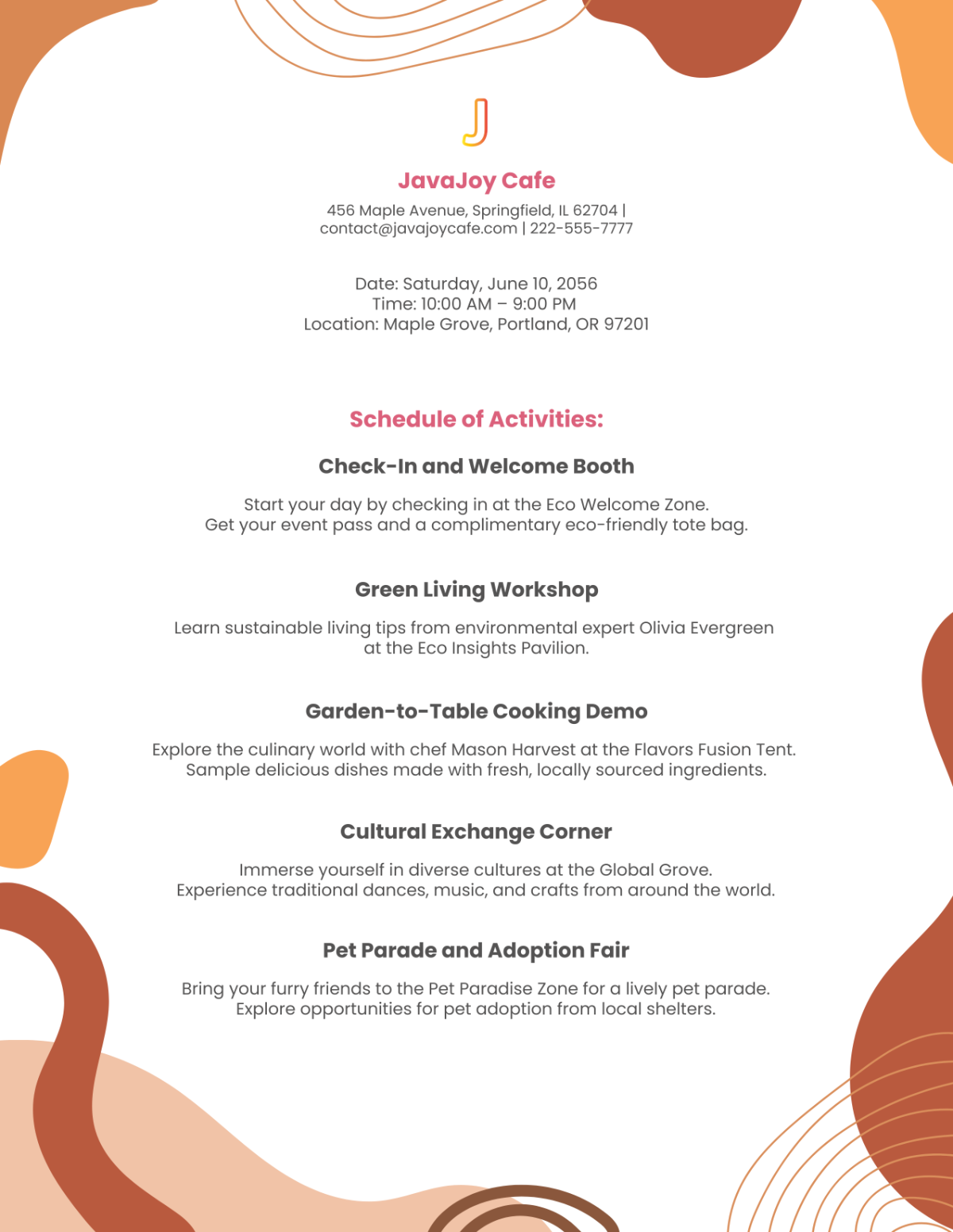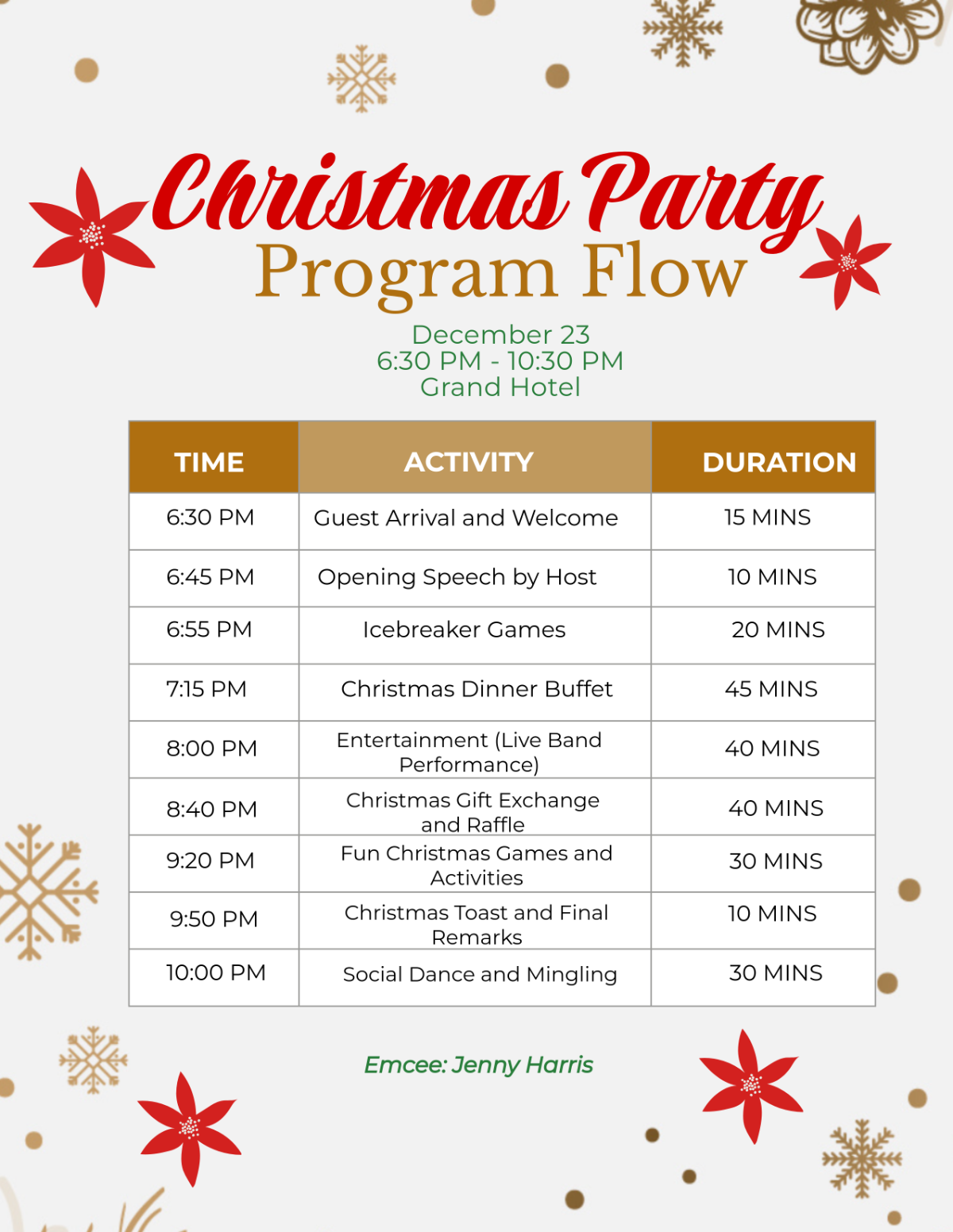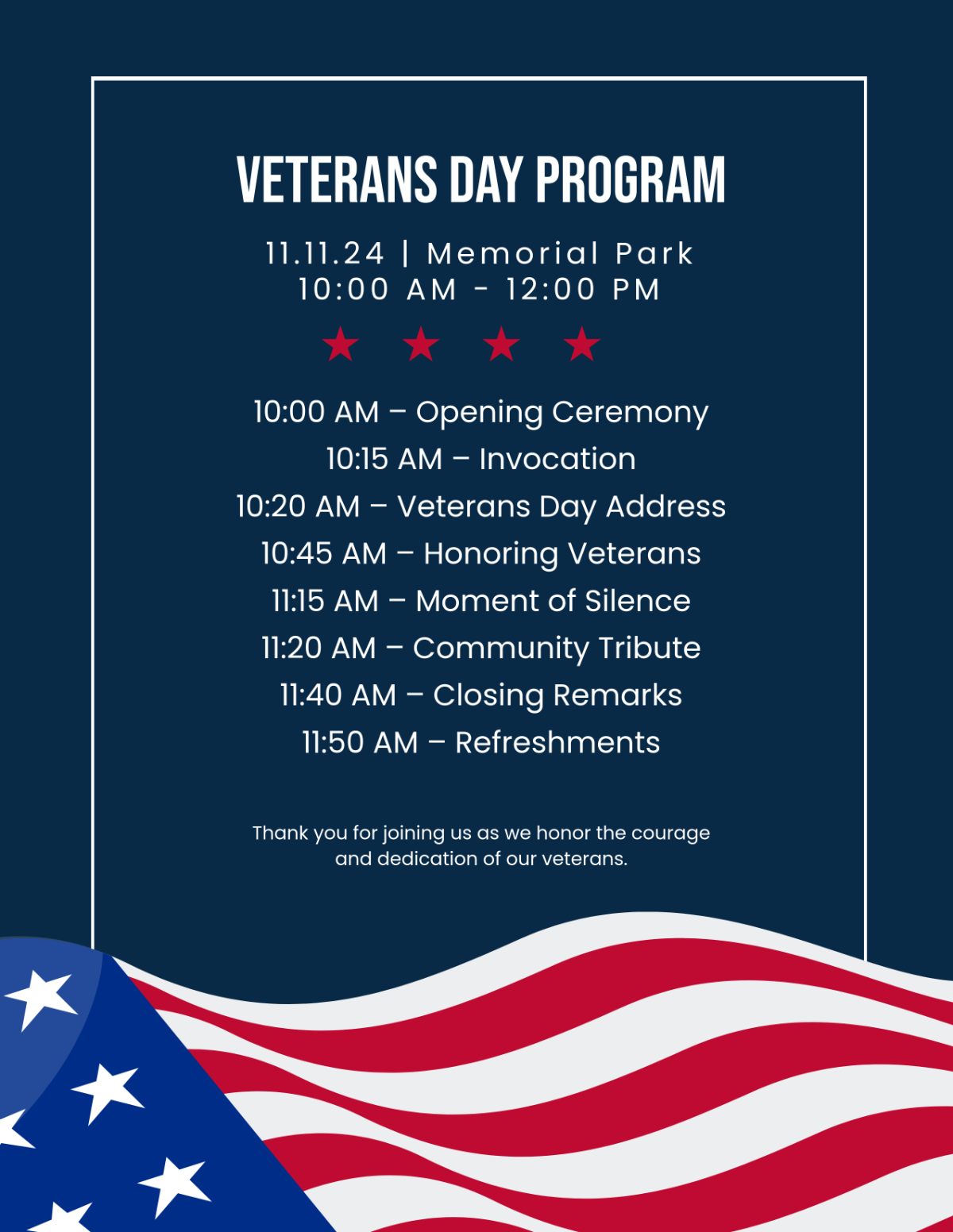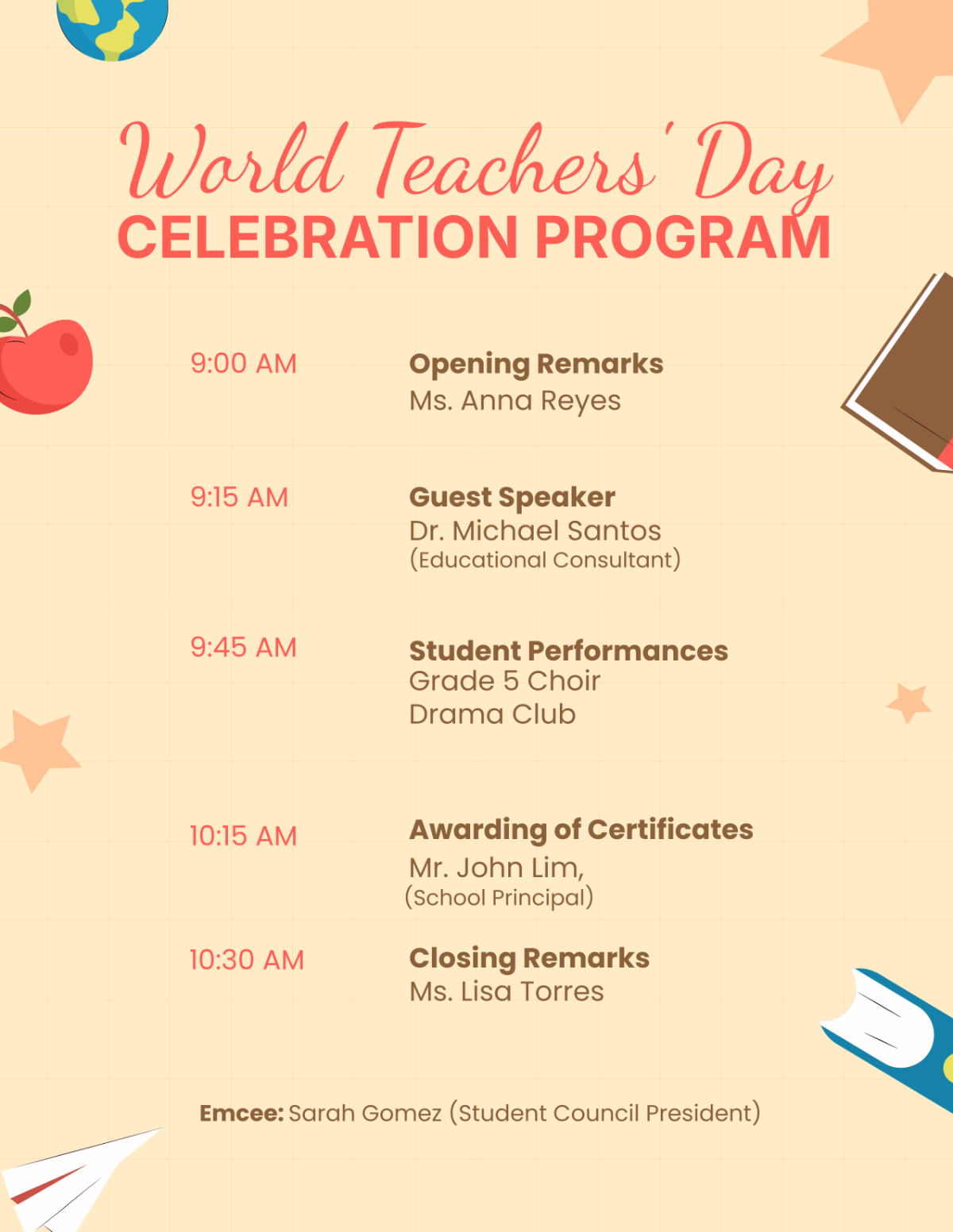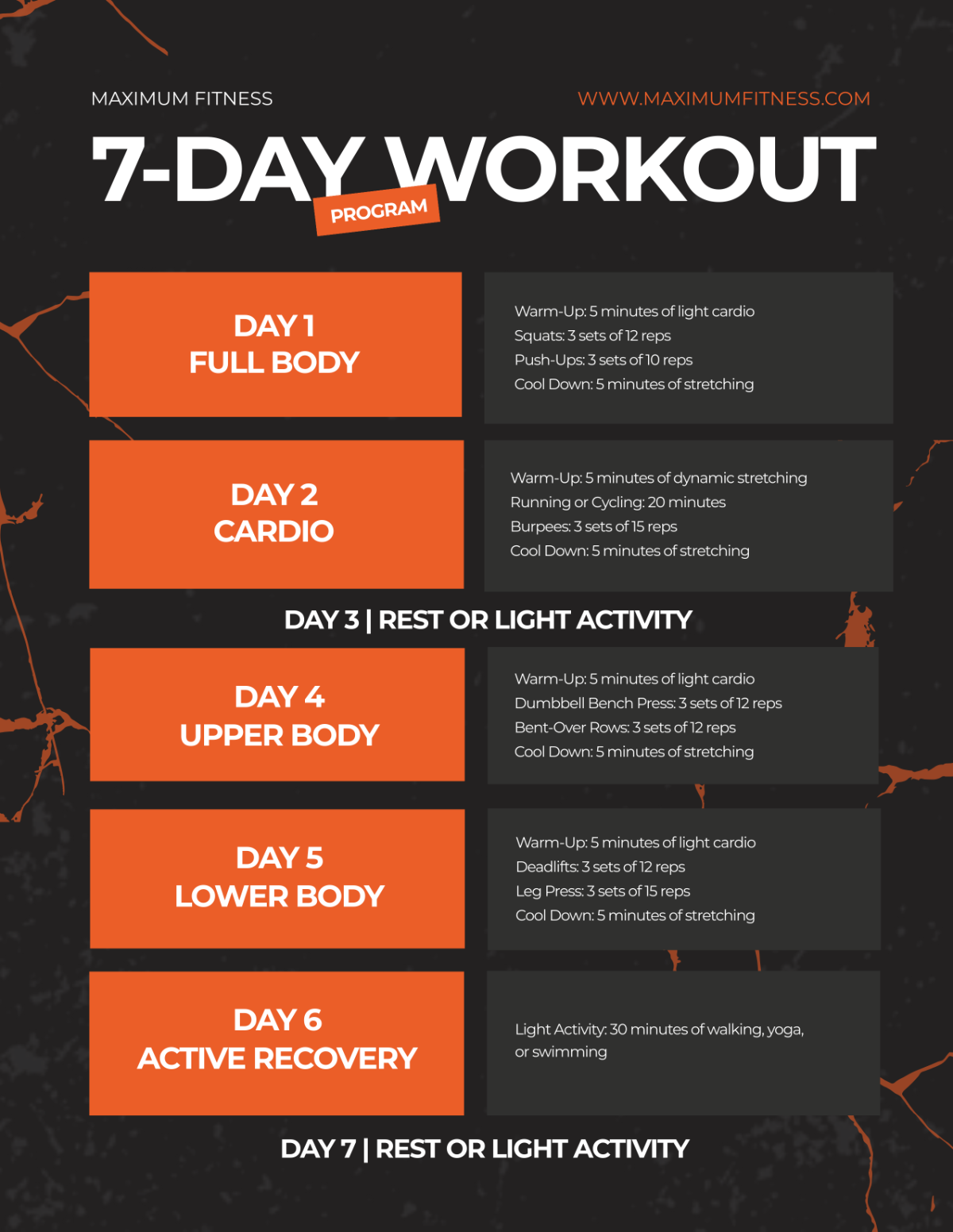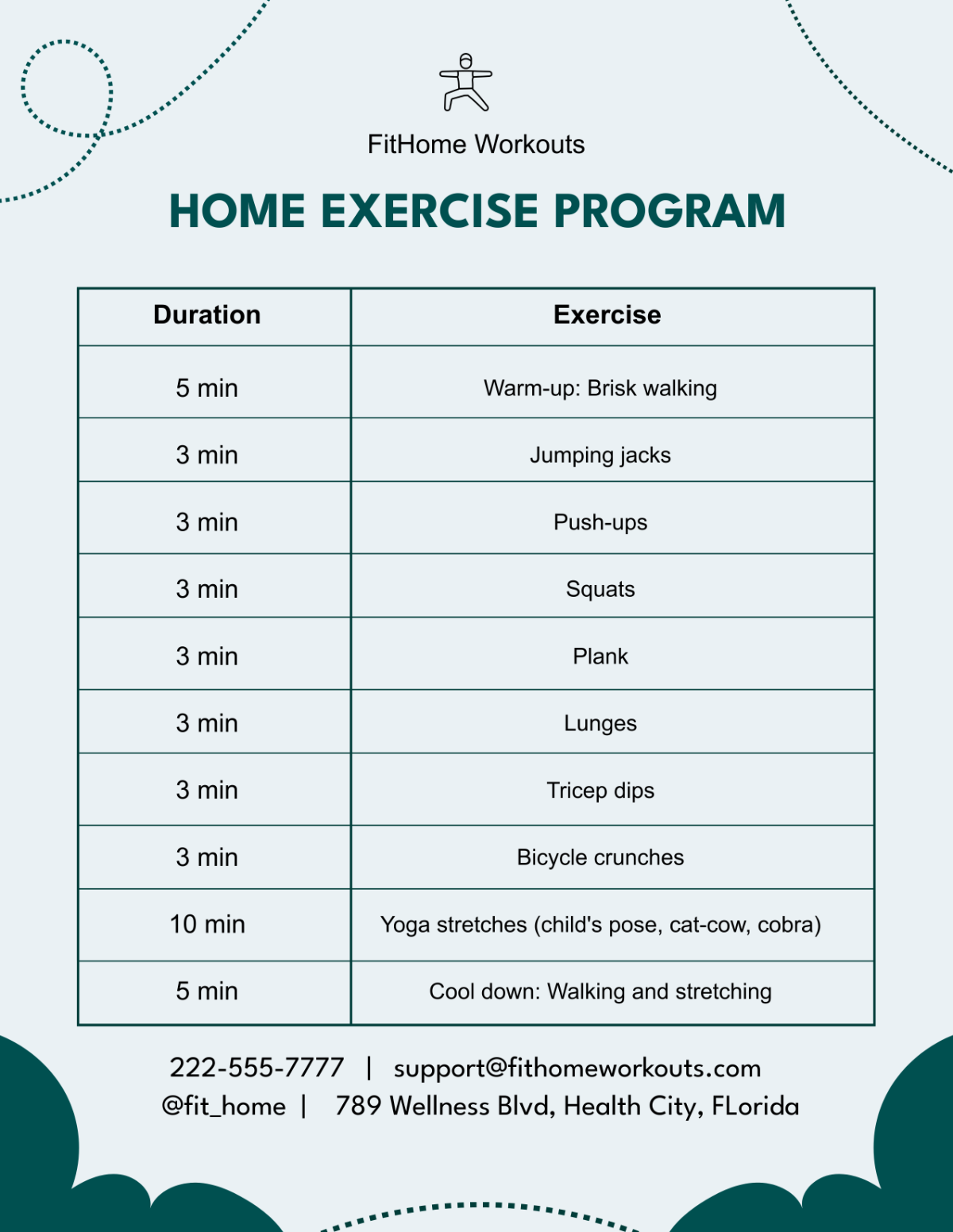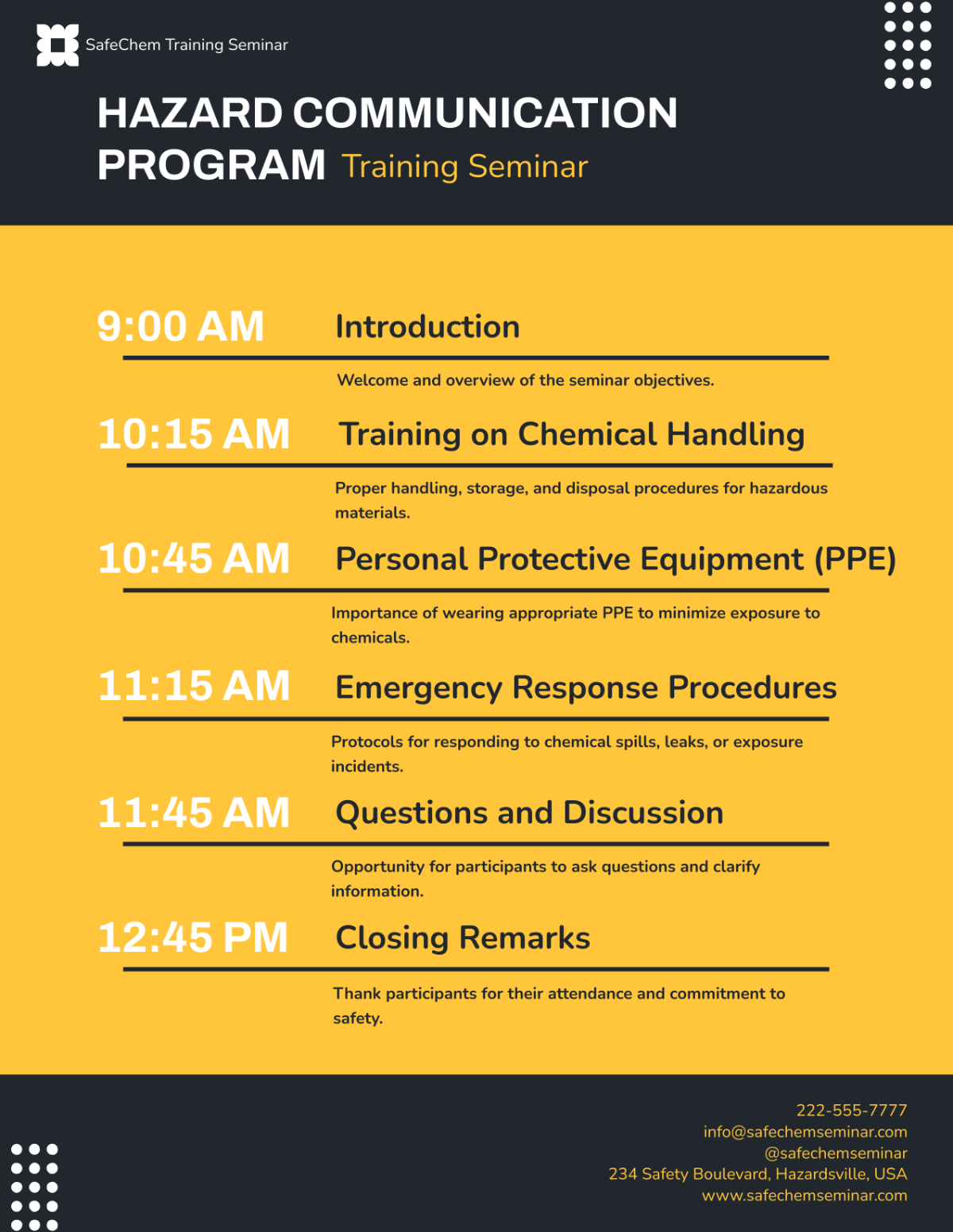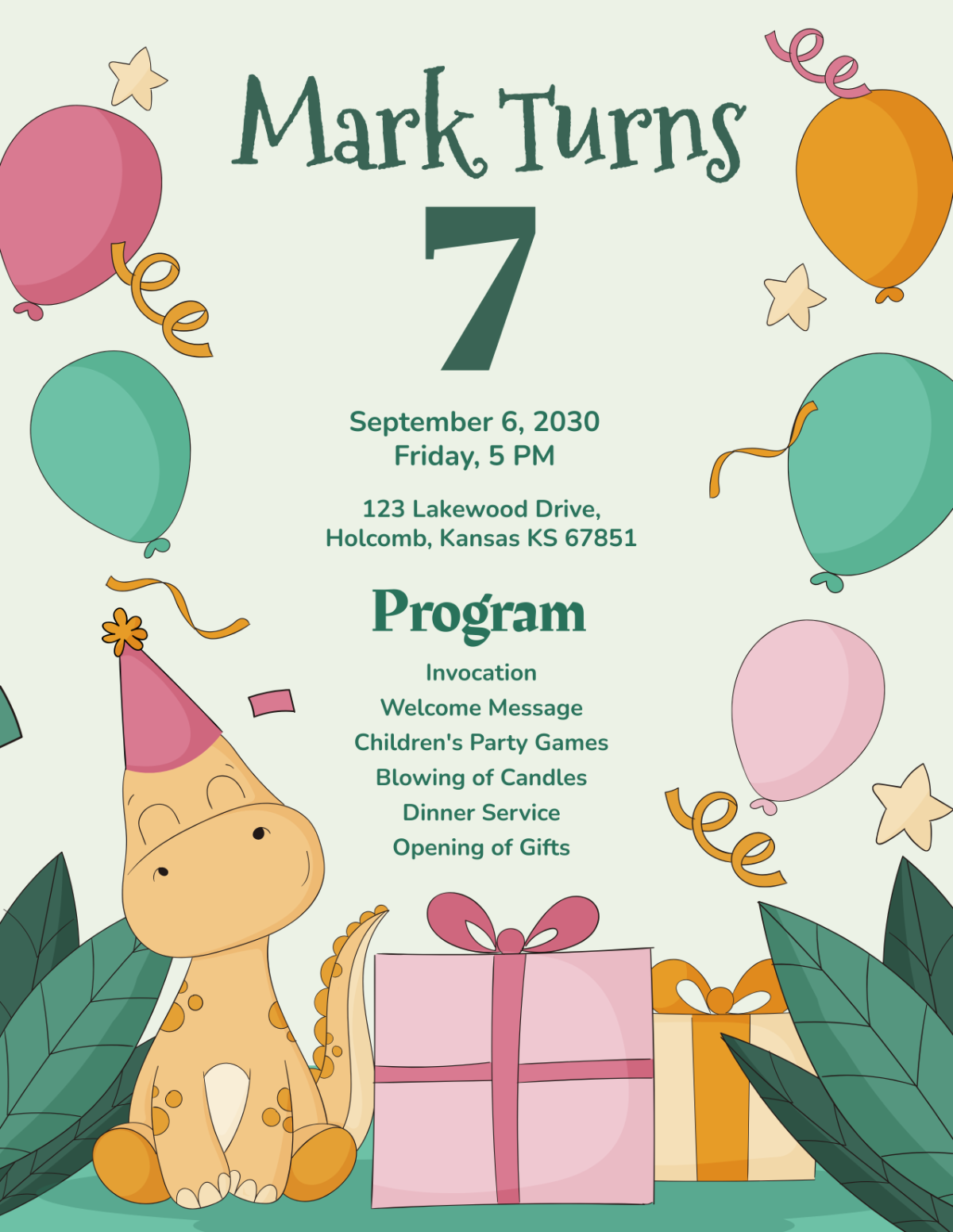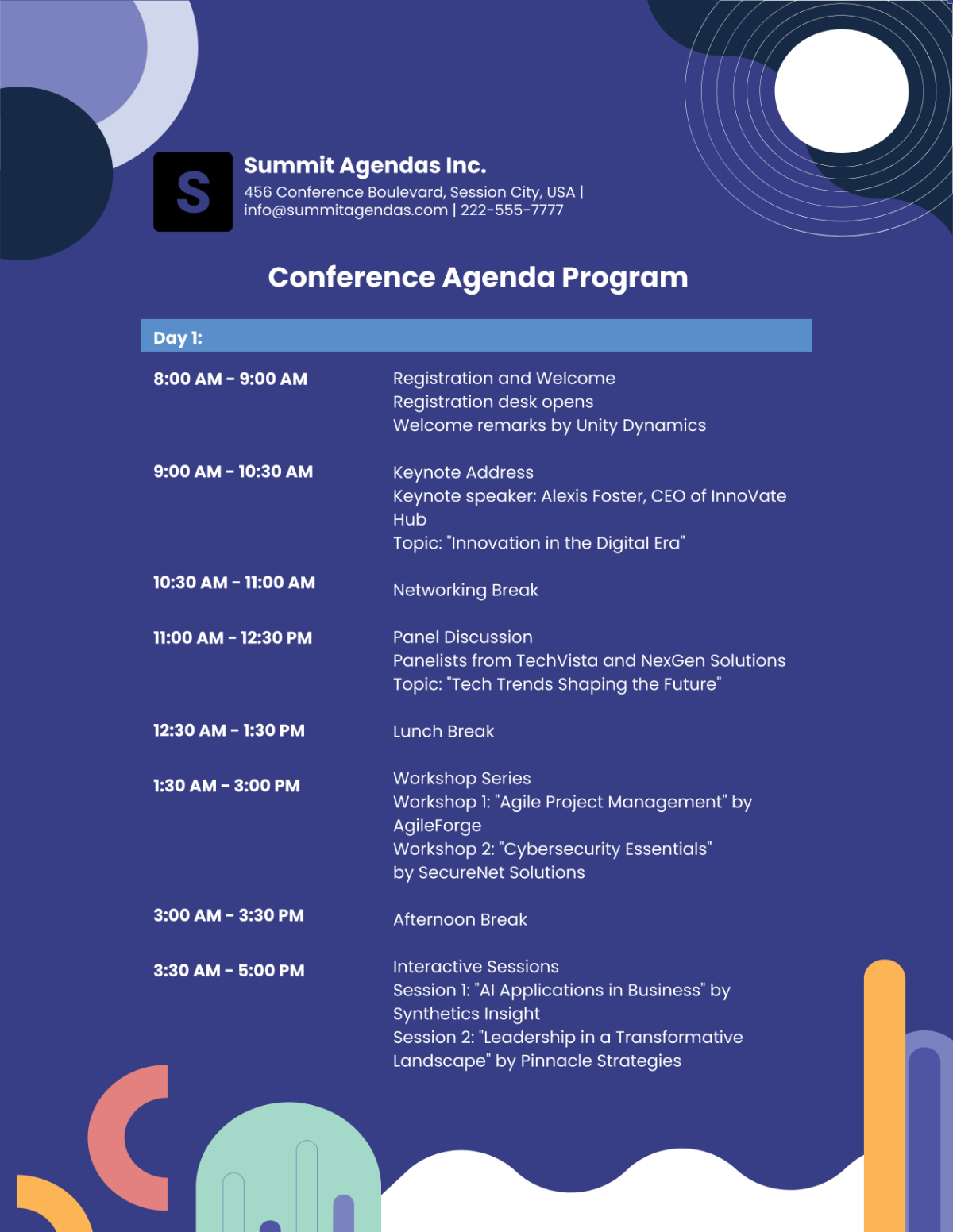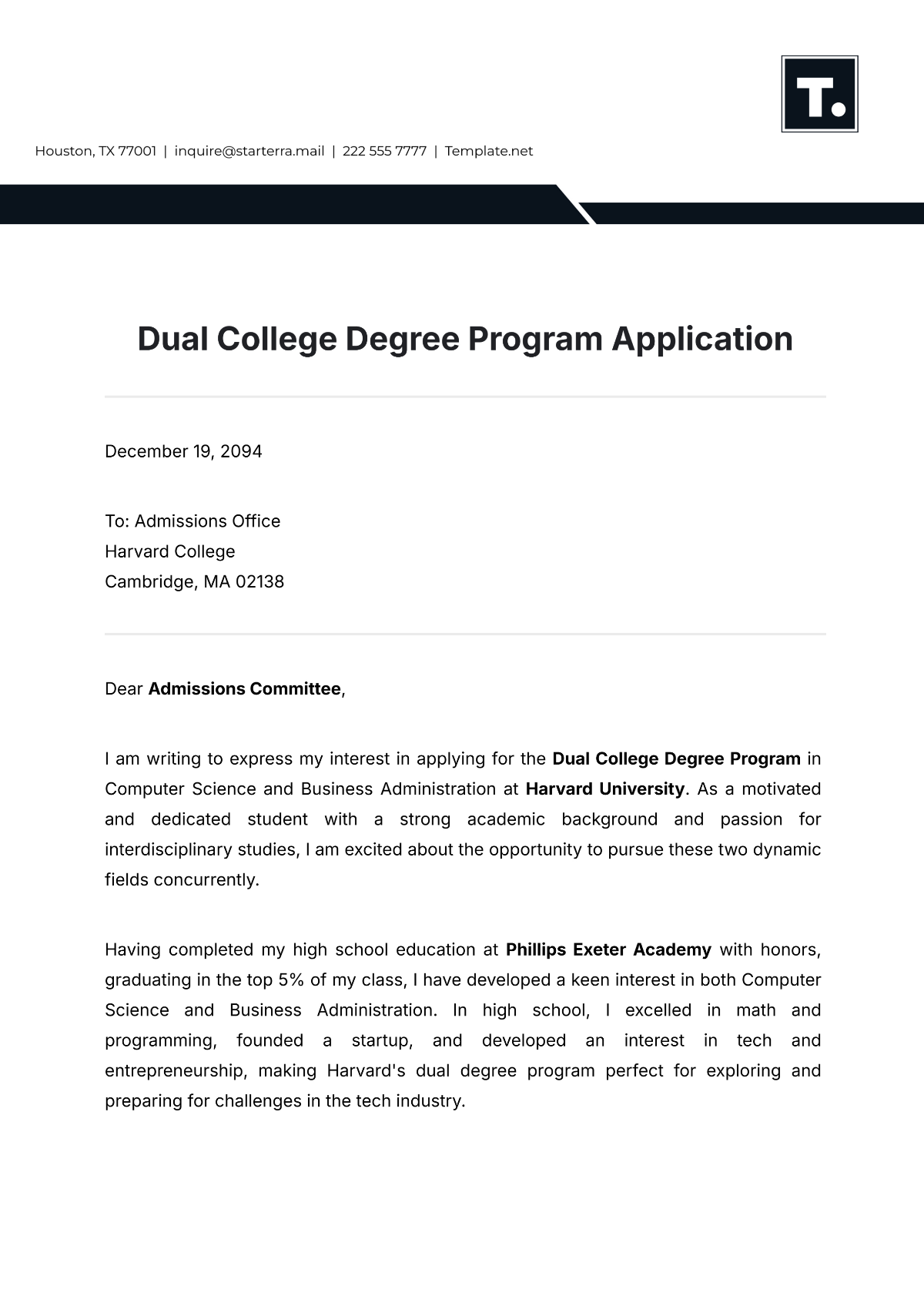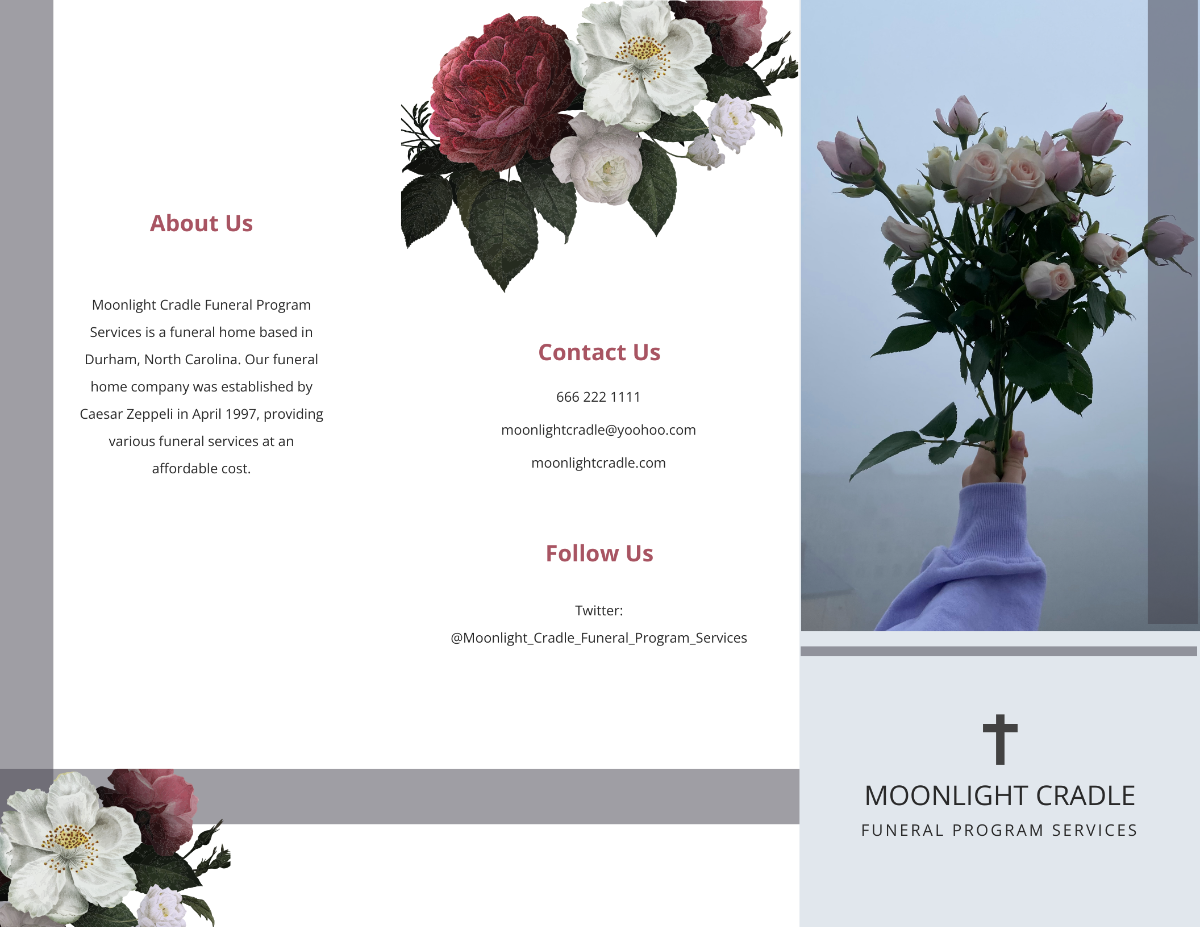Employee Mentorship Program Handbook
Table of Contents
I. Introduction to the Employee Mentorship Program................................................ 2
II. Roles and Responsibilities........................................................................................ 3
III. Program Guidelines and Processes........................................................................ 6
IV. Training and Development....................................................................................... 8
V. Monitoring and Evaluation....................................................................................... 10
Introduction to the Employee Mentorship Program
In the ever-evolving landscape of the modern workplace, the pursuit of professional growth and development has become an unwavering aspiration for employees and organizations alike. It is in this context that our Employee Mentorship Program emerges as a beacon of support, designed with a purpose that transcends conventional training and development initiatives. This section serves as both a compass and a prologue to a transformative journey.
Purpose and Objectives
At its heart, the Employee Mentorship Program is not just a program; it is a commitment to nurturing talent. Its purpose goes beyond words on paper; it is a tangible dedication to fostering professional growth. In a world where mentorship is increasingly recognized as a catalyst for success, this program stands as a testament to our commitment to employee development.
Research from the Harvard Business Review underscores the impact of mentorship, revealing that employees who receive mentoring are more likely to stay in their jobs and feel satisfied with their careers. The objectives are not arbitrary; they are rooted in empirical evidence and real-world impact.
Benefits of Mentorship
The benefits of mentorship are not abstract concepts; they are the building blocks of individual and organizational success. Knowledge sharing and skill development are not just theoretical ideals; they are pathways to growth. Career advancement opportunities are not mere aspirations; they are attainable goals.
Enhanced job satisfaction and engagement are not just desirable; they are essential for a thriving workforce. Building strong professional relationships is not a cliché; it is a strategy for resilience in the face of change.
Statistics from a study by the American Society for Training and Development (ASTD) affirm the positive outcomes of mentorship. It reveals that employees who engage in mentoring programs experience a higher retention rate, greater job satisfaction, and increased organizational commitment.
Target Audience
This handbook is not just a document; it is a guidepost for all employees eager to embark on a journey of growth. It extends an invitation to all, whether they seek to share their wisdom as mentors or yearn to absorb knowledge as mentees. In a workplace where diversity and inclusivity are valued, this handbook is an inclusive offering.
Overview of the Handbook
This handbook does not merely exist as a manual; it is a roadmap to success. It provides not just information but guidance, setting the stage for a meaningful mentorship experience. It outlines not just rules but expectations, ensuring clarity and alignment. It offers not just procedures but a structured approach, guaranteeing a successful voyage.
In the pages that follow, we will navigate through the core elements of the Employee Mentorship Program. From program expectations to roles and responsibilities, from guidelines to training, and from evaluation processes to success stories, this handbook serves as a companion, empowering both mentors and mentees to embark on a journey of growth and excellence.
As we delve into the intricacies of mentorship, let us remember that this program is not just an initiative; it is an investment in the future. It is not just a program; it is a commitment to the growth, development, and success of our employees and our organization.
Roles and Responsibilities
As we embark on the journey of the Employee Mentorship Program, it is imperative to define the roles and responsibilities that underpin this transformative initiative. The success of mentorship does not reside in the abstract; it is a collective effort grounded in clarity, commitment, and collaboration. This section lays the foundation for these vital aspects.
Roles and Responsibilities Matrix
Role | Responsibilities |
Mentor |
|
Mentee |
|
Program Coordinator |
|
Manager |
|
Mentor Roles and Expectations
Mentors are not mere participants; they are the architects of growth. Their roles transcend the boundaries of titles and positions; they are stewards of knowledge, skills, and insights. The expectations set for mentors are not arbitrary; they are the pillars of a meaningful mentorship relationship.
Mentors share more than just information; they share the wisdom borne of experience. They provide more than just direction; they offer guidance steeped in care and understanding. They help mentees set and achieve career goals, not as an obligation but as a commitment to nurturing talent. Their commitment to regular meetings and active participation is not a formality; it is an embodiment of dedication.
Mentee Roles and Expectations
Mentees are not passive learners; they are architects of their destinies. Their roles extend beyond being recipients of guidance; they are active seekers of advice and feedback. Their expectations are not just idealistic aspirations; they are the cornerstones of a successful mentorship journey.
Mentees are not merely spectators in their career development; they are active participants. They set clear, achievable goals, not as a ritual but as a pathway to success. They actively seek advice and feedback, not as a routine but as a commitment to growth. They demonstrate commitment and openness to learning, not as a mandate but as a personal investment. Their respect for mentors' time and expertise is not mere etiquette; it is a recognition of the value of mentorship.
Program Coordinator Responsibilities
The role of the program coordinator is not one of passive observation; it is a position of active facilitation. They are not just administrators; they are the architects of mentorship connections. Their responsibilities are not just procedural; they are the linchpin of program success.
The program coordinator's role transcends the administrative realm. They are the architects of mentor-mentee matching, not based on convenience but on compatibility and growth potential. They provide ongoing program support, not as a duty but as a commitment to ensuring a smooth mentorship journey. They monitor progress and resolve issues, not as arbitrators but as facilitators of growth. They organize training and events, not as mere logistics but as opportunities for learning and networking.
Managerial Support
Managers are not distant figures; they are enablers of mentorship success. Their roles extend beyond their managerial titles; they are the champions of employee development. Their support is not just a gesture; it is a testament to the organization's commitment to growth.
Managers play a crucial role in the mentorship ecosystem. Their encouragement and support for employee participation are not just words; they are catalysts for a culture of learning and development. Providing time for mentorship activities is not just a scheduling task; it is an investment in employee growth. Recognizing and rewarding mentorship contributions are not just tokens of appreciation; they are acknowledgments of the invaluable role mentors play in shaping the organization's future.
In the realm of roles and responsibilities, clarity and commitment are not just ideals; they are the cornerstones of mentorship success. As we move forward in this program, let us remember that mentorship is not a solitary journey; it is a collective endeavor that thrives on shared goals, shared knowledge, and shared dedication to growth and excellence.
Program Guidelines and Processes
In the labyrinth of mentorship, guidelines, and processes serve as the guiding stars, illuminating the path to meaningful and productive mentor-mentee relationships. As we delve into this section, it is crucial to understand that clarity and structure are not constraints; they are the conduits through which mentorship flourishes.
Mentorship Process
Step | Description |
Step 1: Initial Matching |
|
Step 2: Orientation |
|
Step 3: Goal Setting |
|
Step 4: Regular Meetings |
|
Step 5: Skill Development |
|
Step 6: Feedback and Support |
|
Step 7: Problem-Solving |
|
Step 8: Monitoring Progress |
|
Step 9: Evaluation |
|
Step 10: Closure and Transition |
|
Matching Mentors and Mentees
The synergy between mentors and mentees is not left to chance; it is a result of deliberate, thoughtful matchmaking. The process of pairing mentors andmentees is not arbitrary; it is an art that considers multiple dimensions.
Mentorship pairs are not random connections; they are carefully crafted unions based on a tapestry of factors. Skills, goals, and interests are not mere words in a form; they are the building blocks of a productive relationship. Availability and preferences are not abstract concepts; they are the bedrock upon which trust is built. Diversity and inclusion considerations are not just checkboxes; they are reflections of our commitment to a vibrant and inclusive mentorship community.
Setting SMART Goals
In the realm of mentorship, goals are not vague aspirations; they are the stars that guide the journey. The process of setting goals is not a perfunctory exercise; it is a collaborative endeavor that defines the roadmap for the mentorship experience.
Mentors and mentees do not merely wish for success; they actively pursue it through SMART goals—goals that are Specific, Measurable, Achievable, Relevant, and Time-bound. These goals are not ethereal ideals; they are tangible markers of progress. They serve as the North Star, guiding mentorship pairs through the ever-evolving landscape of career development.
Communication and Meeting Guidelines
The lifeblood of mentorship flows through communication. Guidelines for communication are not arbitrary rules; they are the channels through which trust and understanding thrive.
Clear and open communication is not a luxury; it is a necessity. Regular meetings are not just routine; they are opportunities for growth and guidance. Confidentiality and trust-building are not just principles; they are the foundations upon which mentorship is built. Effective communication channels are not mere conduits; they are the lifelines that ensure mentorship pairs are always connected.
Conflict Resolution and Reporting
In the journey of mentorship, conflicts may arise, but they are not dead-ends; they are opportunities for growth and resolution. Conflict resolution is not a solitary task; it is a collaborative effort that strengthens relationships.
Procedures for addressing conflicts or concerns are not punitive measures; they are pathways to understanding and resolution. Open dialogue between mentor and mentee is not just talk; it is the first step toward finding common ground. The involvement of the program coordinator is not an escalation; it is a facilitation of constructive dialogue. Reporting unethical behavior or violations is not an act of betrayal; it is a commitment to maintaining the integrity of the mentorship community.
In this section, guidelines and processes are not just words on a page; they are the scaffolding upon which meaningful mentorship experiences are built. They are the threads that weave the tapestry of growth, collaboration, and success in our Employee Mentorship Program.
Training and Development
In the realm of mentorship, knowledge is not static; it is dynamic and evolving. This section serves as a testament to the principle that mentorship is not just about innate wisdom; it is about continuous learning and development. As we delve into the topic of training and development, let us remember that growth is not a destination; it is a journey that both mentors and mentees embark upon together.
Mentorship Training for Mentors
Mentors are not born; they are nurtured through training and guidance. The process of mentorship training is not a formality; it is the crucible in which effective mentors are forged.
Mentorship training is not just about equipping mentors with knowledge; it is about empowering them with effective mentorship techniques. It is not merely about setting expectations and boundaries; it is about creating a safe and productive mentorship space. It is not just about providing constructive feedback; it is about fostering growth through supportive guidance. It is not solely about recognizing mentee needs; it is about understanding and addressing them effectively.
Orientation for Mentees
Mentees are not passive recipients of mentorship; they are active participants in their own growth. The orientation for mentees is not just a formality; it is the compass that guides their engagement with mentors.
Mentees attend an orientation not as a routine but as a profound introduction to the mentorship journey. They understand program expectations and goals, not as mere guidelines but as the foundation upon which their mentorship experience is built. They grasp their role and responsibilities, not as obligations but as opportunities for growth. They learn how to engage effectively with mentors, not as a mere interaction but as a collaborative endeavor. They discover resources available for support, not as mere tools but as lifelines that enhance their mentorship experience.
Ongoing Learning and Skill Enhancement
In the mentorship realm, stagnation is not an option; it is growth that propels mentorship pairs forward. Both mentors and mentees are not content with the status quo; they seek continuous learning opportunities as fuel for their mentorship journey.
Continuous learning and skill enhancement are not mere buzzwords; they are the cornerstones of mentorship excellence. Workshops and resources are not just add-ons; they are the building blocks of growth. The commitment to ongoing learning is not just a choice; it is a mindset that propels mentorship pairs toward excellence.
Resources and Support
In the mentorship ecosystem, resources are not just tokens of goodwill; they are tools for empowerment. Additional resources and support networks are not mere options; they are vital pillars of mentorship success.
Mentorship manuals are not just documents; they are guides that illuminate the path. Online platforms are not just websites; they are portals to a world of knowledge and connection. Support networks are not just communities; they are lifelines that provide guidance and encouragement.
Mentorship Training Checklist
Training Topic | Completion |
Effective Mentorship Techniques | |
Setting Expectations and Boundaries | |
Providing Constructive Feedback | |
Recognizing Mentee Needs |
Mentee Orientation Checklist
Orientation Topic | Completion |
Program Expectations and Goals | |
Mentee Roles and Responsibilities | |
How to Engage Effectively with Mentors | |
Resources Available for Support |
These checklists serve as handy tools to ensure that both mentors and mentees receive the necessary training and orientation for a successful mentorship program experience. Participants can mark the boxes as they complete each training or orientation topic.
As we journey through the landscape of training and development, let us remember that mentorship is not a static entity; it is a dynamic exchange of knowledge, support, and growth. The commitment to learning and development is not just a choice; it is the driving force behind our Employee Mentorship Program's success.
Monitoring and Evaluation
In the realm of mentorship, progress is not a matter of chance; it is a result of meticulous monitoring and evaluation. As we step into this section, let us acknowledge that mentorship is not a static endeavor; it is a dynamic process that thrives on data, feedback, and continuous improvement.
Program Evaluation Metrics
The success of our Employee Mentorship Program is not a vague notion; it is a quantifiable achievement. To gauge this success, we rely on metrics that serve as the compass guiding our journey.
These metrics are not arbitrary; they are carefully selected indicators of our progress. Goal achievement is not just a checkbox; it is a testament to the impact of mentorship on participants' growth. Participant satisfaction is not just a survey response; it is a reflection of the quality of our program. Mentorship duration and outcomes are not mere statistics; they are evidence of the lasting effects of mentorship. Organizational impact is not an abstract concept; it is a measure of how mentorship contributes to our overall success.
Feedback Mechanisms
In the mentorship ecosystem, feedback is not a one-way street; it is a dynamic exchange that fuels improvement. Participants are not passive recipients; they are active contributors to our program's evolution.
Feedback mechanisms are not mere formalities; they are the lifeblood of our program. Surveys are not just checkboxes; they are tools for participants to voice their opinions and suggestions. Focus groups are not just gatherings; they are forums for in-depth insights and discussions. Feedback mechanisms are not just channels; they are the bridges that connect us with the ever-changing needs of our mentorship community.
Continuous Improvement
In the landscape of mentorship, stagnation is not an option; it is growth that propels us forward. Feedback and evaluation results are not just data; they are the compass that guides our program enhancements.
Continuous improvement is not just a catchphrase; it is a commitment to refining our program to ensure it remains effective and aligned with the evolving needs of our employees. It is not just a task; it is a mindset that propels us to embrace change and innovation.
Recognition and Rewards
In our mentorship journey, achievements are not overlooked; they are celebrated. Outstanding mentors and mentees are not mere participants; they are ambassadors of our program's success.
Recognition and rewards are not just gestures; they are acknowledgments of the dedication and contributions of our mentorship community. They serve as a testament to the value we place on mentorship and its positive impact on our organization.
As we navigate the waters of monitoring and evaluation, let us remember that mentorship is not a static entity; it is a dynamic exchange of knowledge, growth, and recognition. The commitment to continuous improvement is not just a goal; it is the driving force behind the success of our Employee Mentorship Program.


